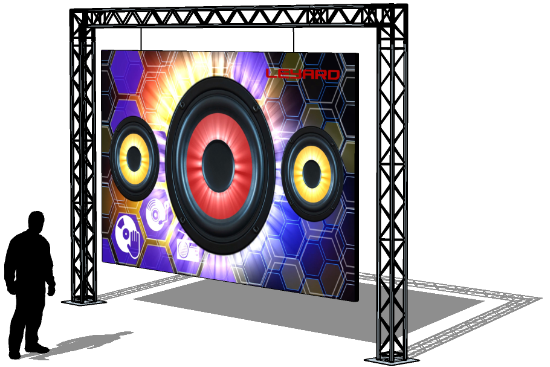Investigating the Key Elements That Influence Color Consistency in LED Panel Panels for Ideal Display Performance
Investigating the Key Elements That Influence Color Consistency in LED Panel Panels for Ideal Display Performance
Blog Article
Hue uniformity in LED wall panels is essential for achieving optimal optical output. LED wall panels are widely used in various settings, including musical events, meetings, and promotional displays. When the colors on these panels are consistent, they create a more engaging and immersive experience for viewers. Several critical elements affect color consistency, including the caliber of the LED components, tuning procedures, and surrounding conditions.
The quality of the light-emitting diode components plays a major role in color consistency. Various types of light-emitting diodes produce light at varying wavelengths, which can affect the total hue output. Premium LEDs are designed to produce a more uniform light range, resulting in improved color accuracy. Additionally, the manufacturing process of these light-emitting diodes can affect their performance. Screens made with high-grade materials and technology tend to have fewer color variations, ensuring that the shown pictures and footage look lively and true to life.
Tuning is another essential element in maintaining color uniformity in LED wall screens. Calibration entails modifying the settings of the panel to make certain that the hues displayed align the desired design. This process can consist of adjusting brightness, differentiation, and hue balance. Frequent calibration is essential, especially in settings article where lighting conditions vary often. By calibrating the screens, specialists can correct any discrepancies in hue result, leading to a more uniform observing encounter.
Environmental conditions also affect hue uniformity in LED wall panels. Elements such as surrounding light, temperature, and moisture can affect how colors are seen. For instance, intense surrounding light can wash out colors, making them appear less lively. Similarly, extreme heat can influence the performance of the LEDs, leading to hue changes. To reduce these issues, it is essential to install LED wall screens in managed settings where lighting and temperature can be managed efficiently.
Lastly, the layout and arrangement of the LED wall panels can impact hue uniformity. The arrangement of the screens, as well as the spacing from which they are viewed, can create variations in color recognition. When screens are arranged too distant apart or at different angles, viewers may detect discrepancies in hue. To obtain the best visual performance, it is important to take into account the positioning and arrangement of the screens during installation. By addressing these factors, users can ensure that their LED wall screens deliver a uniform and superior visual experience.